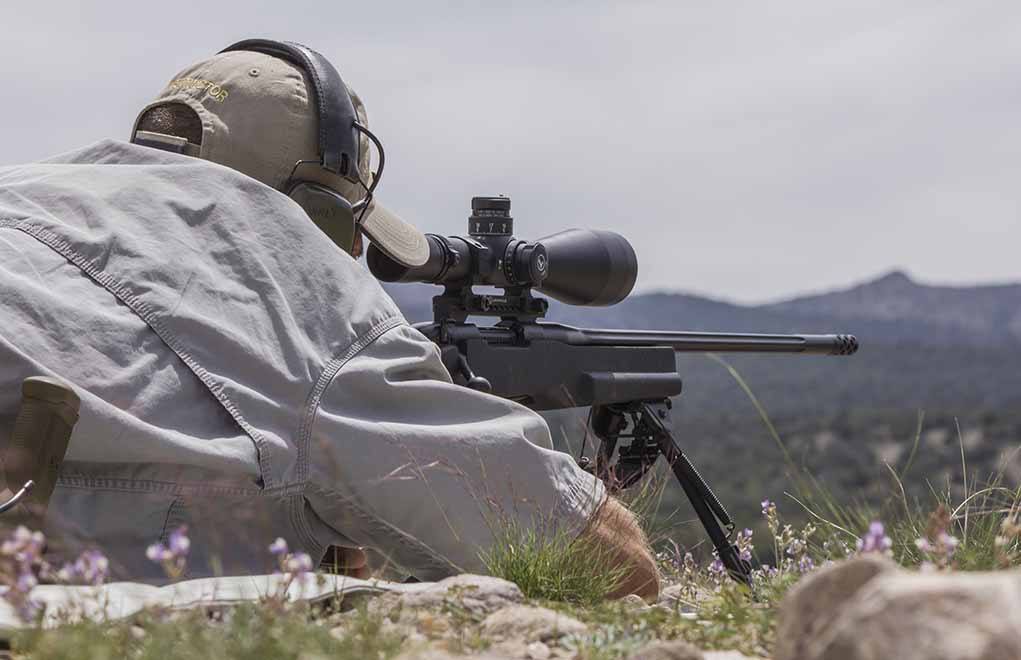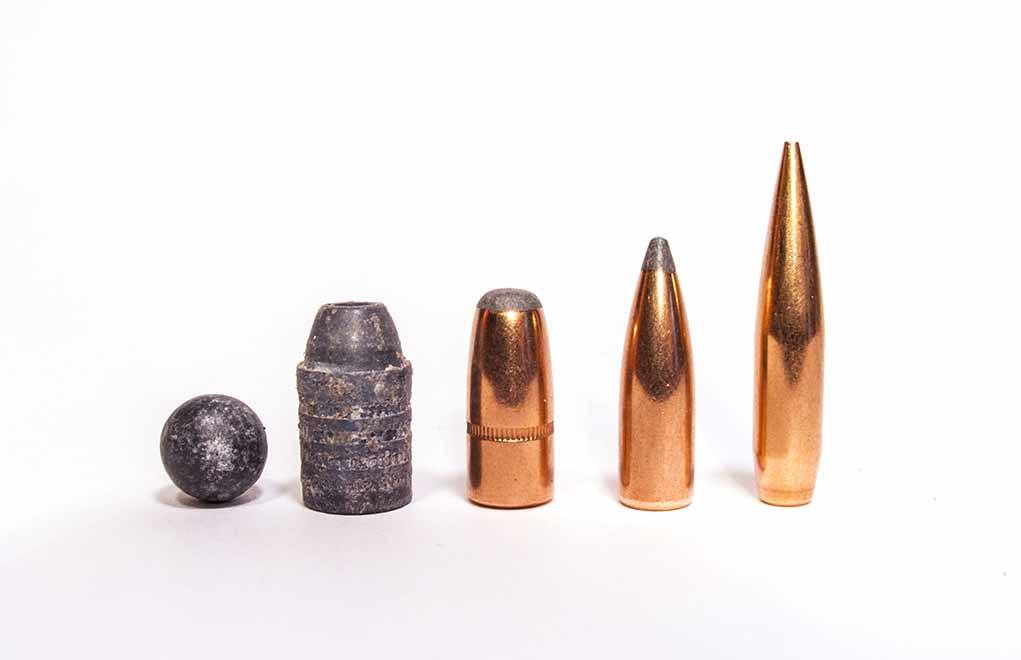

When it comes to bullet trajectory, flight time is what beats gravity.What You Need To Know About Gravity And Time
- Gravity has the same effect on every bullet, regardless of weight or velocity.
- Time of flight is the determining factor to gravity's effect, the longer it is the more it effects are felt.
- Heavier bullets with high BC can outperform lighter bullets, given they maintain their velocity longer.
I was at the gun shop the other day and a customer was discussing which cartridge might be the best for the extended-range shooting he was planning to do. He made a statement that he did not want to use a big, heavy bullet because they did not resist gravity very well. He was incorrectly under the assumption that gravity pulls harder on heavier bullets.
Gravity has the same pull on everything. If you hold a 100-grain bullet in one hand and a 200-grain bullet on the other hand, and then you drop them at the same time from the same height, guess what? They’ll both strike the floor at the same time. Similarly, if you shoot a 100-grain bullet from one rifle and a 200-grain bullet from another rifle, they will both strike the earth at the same time. This is true no matter the muzzle velocity or caliber of either bullet.

This seems impossible, doesn’t it? We all know that if we shoot a heavier bullet from our rifles, its trajectory is generally much more pronounced. Note: There is another factor at play here, known as ballistic coefficient (BC) — but we’ll address that in a moment.
Here’s the thing: Gravity pulls the same on every bullet, and no matter the weight or velocity of the bullet, they will all hit the ground at the same time. What really influences trajectory is the distance each bullet can travel before it hits the ground. This is where muzzle velocity and BC come into play.
With regard to BC, as some bullets get heavier, their BC is increased. This allows these bullets to slice through the air with less resistance. They might start out traveling slower than a lighter bullet, but because they have more resistance to air, at distance they’re traveling faster.
Smashing Other Ballistic Myths:
- .45 ACP vs 9mm: Which Is Better?
- Are Ballistic Gel Penetration Tests Gospel?
- What You Need To Know About Handgun Stopping Power
- Bullet Expansion: Velocity Is The Deciding Factor
- Is Sectional Density A Good Measure Of A Bullet’s Penetration Potential?
The result is that a heavier bullet can travel farther — in other words, fly flatter — before it hits the ground. However, no matter the velocity, bullet weight or BC, the time it takes one bullet to strike the ground is the same time it will take another, different bullet to strike the ground.
Gravity and time are the constants that control external ballistics. Velocity and BC are the things that influence the distance a bullet can travel, over a certain time, as gravity pulls on it. When considering bullet trajectory, start with time of flight — it’s what matters most.
Editor's Note: This article originally appeared in the May 2019 issue of Gun Digest the Magazine.

Next Step: Get your FREE Printable Target Pack
Enhance your shooting precision with our 62 MOA Targets, perfect for rifles and handguns. Crafted in collaboration with Storm Tactical for accuracy and versatility.
Subscribe to the Gun Digest email newsletter and get your downloadable target pack sent straight to your inbox. Stay updated with the latest firearms info in the industry.

![Best Concealed Carry Guns In 2025 [Field Tested] Wilson Combat EDC X9S 1](https://gundigest.com/wp-content/uploads/Wilson-Combat-EDC-X9S-1-324x160.jpg)


![Best 9mm Carbine: Affordable PCCs [Tested] Ruger Carbine Shooting](https://gundigest.com/wp-content/uploads/Ruger-Carbine-Shooting-100x70.jpg)
![Best AR-15: Top Options Available Today [Field Tested] Harrington and Richardson PSA XM177E2 feature](https://gundigest.com/wp-content/uploads/Harrington-and-Richardson-PSA-XM177E2-feature-100x70.jpg)

Yes, all bullets drop at the same rate from the time they leave the barrel.
Heavier bullets do not have less resistance but more momentum because a heavy object traveling at the same speed as a lighter bullet is more difficult to slow down
So a heavy bullet will leave the barrel slower, drop more in a given distance because it takes longer to get there, then eventually be travelling the same speed as a lighter bullet because of the BC and the momentum of the greater mass. Then, eventually be travelling the same speed as the lighter bullet.
Given a bullet is fired horizontally, the ONLY thing that determines bullet drop is the time it takes to reach the target. I have never seen a heavier bullet overtake a lighter bullet or get to a target quicker than a lighter one within any reasonable zeroed target range.
Given a bullet is fired horizontally over a level surface, say 4′ above the ground and you were to drop a bullet at the exact time the first bullet left the muzzle, they would both hit the ground, in a bit less than 1/2 second.
A bullet traveling an AVERAGE of 1,000 fps (they also begin to slow down immediately upon leaving the muzzle) would hit the ground 500′ out and one traveling 2600fps would hit the ground 1300 feet out, but all three, the 2 shot and the one dropped would hit the ground at the same time.